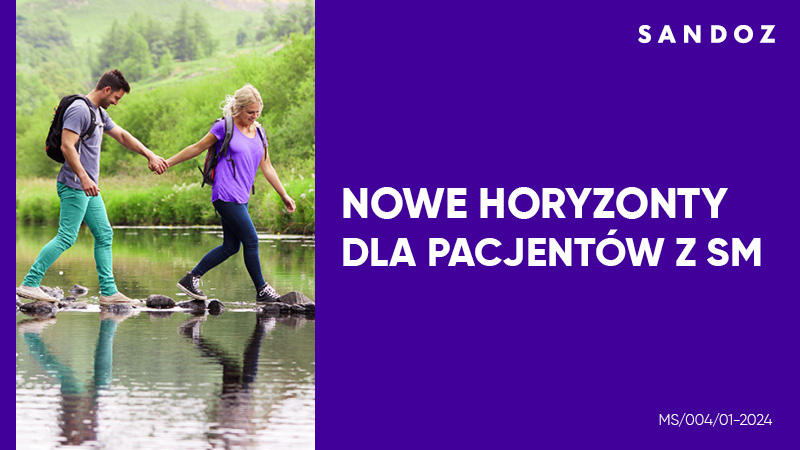Late and very late onset neuromyelitis optica spectrum disorders – a case series
Katarzyna Zwiernik1, Magdalena Kwaśniak-Butowska1,2, Robert Bonek3, Jarosław Sławek1,2
 Affiliation and address for correspondence
Affiliation and address for correspondenceBackground and purpose: Neuromyelitis optica spectrum disorders are a group of autoimmune diseases leading to severe visual and motor impairment with a median disease onset at 39 years. Materials and methods: We present a case series of four AQP4-Ab positive neuromyelitis optica spectrum disorders patients, with a median age at onset of 67 years (ranging 54–72), in whom neuromyelitis optica spectrum disorder was not suspected at first, given unusual age and age-associated comorbidities. Results: Severe spinal cord involvement was the main finding in all patients. Two patients additionally manifested brainstem impairment in the form of area postrema syndrome and double vision. The therapeutic process included intravenous steroid pulses followed by long-term immunosuppression. Two of the patients died within a year of the diagnosis due to respiratory failure (one due to SARS-CoV-2 infection). One patient was started on satralizumab therapy with a significant motor improvement and good tolerance. One patient decided to suspend immunosuppressive treatment due to treatment-related gastrointestinal complaints. Conclusion: Based on the presented case series and the literature review, we assume that neuromyelitis optica spectrum disorders diagnosis should be considered regardless of age and comorbidity. New highly effective therapies with monoclonal antibodies are currently available. Early diagnosis and proper treatment may improve the outcome and prevent further visual and motor disability.







